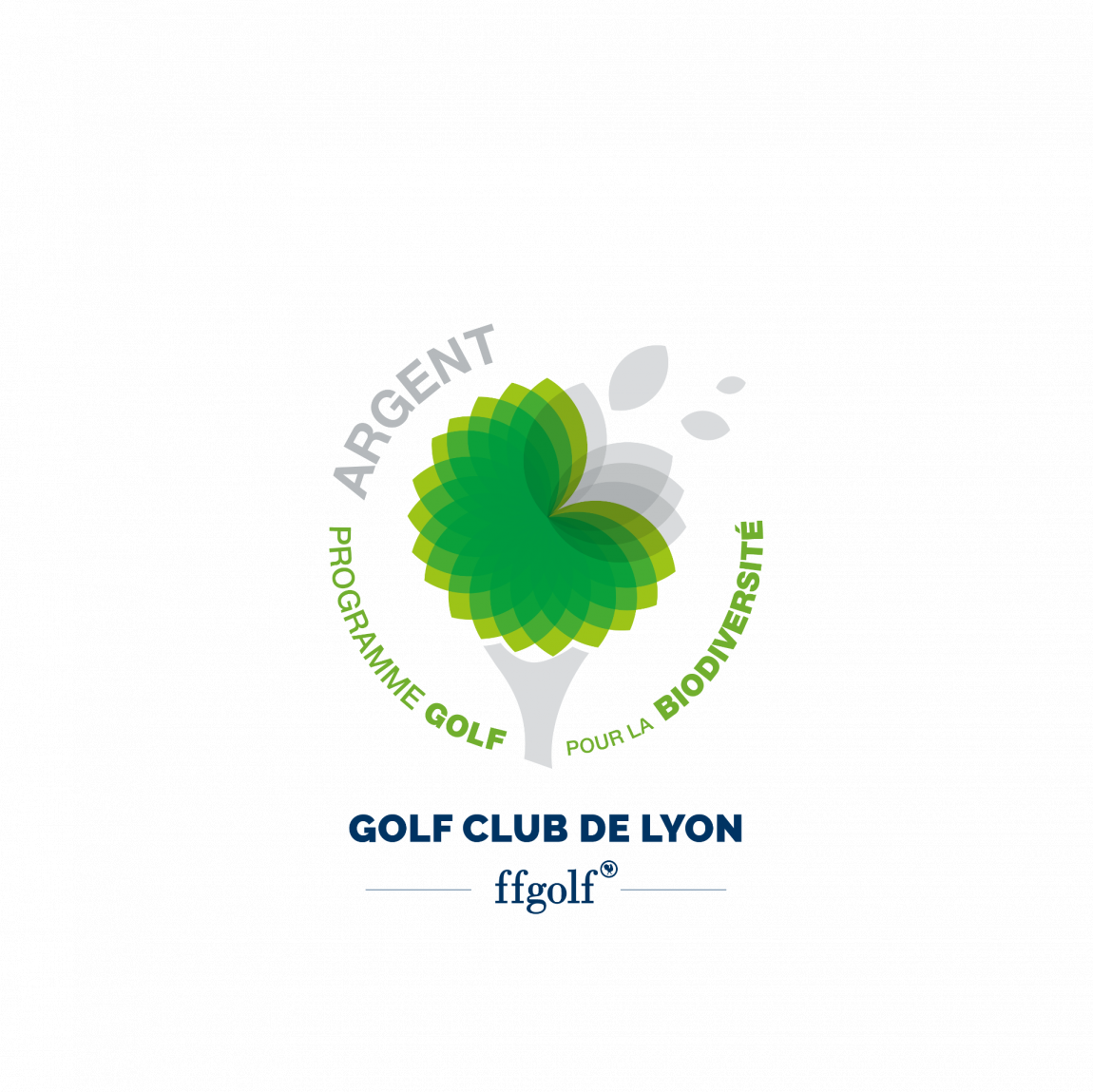The GCL is nestled in an exceptional natural space where only 13% of the surfaces are artificial. On the 220 hectares of the estate, located on the banks of the Rhône in a classified flood zone, a large number of animal, plant and insect species coexist which make the site rich and contribute to the quality of its environment.
Ethical obligation, just like citizen approach and taking into account legal obligations, the preservation of nature and water resources, is an absolute necessity in all circumstances have been integrated into our working methods for many years, at a time or the ecological transition is obvious to everyone!
Since the end of 2020, the GCL has been engaged in the process of labeling its biodiversity, initiated by the FFGolf in conjunction with the National Museum of Natural History.
Independent naturalist experts took turns to inventory the different species present in the many varied habitats on the site and identify no less than 29 protected species which are the subject of the greatest attention. Wild orchids, native turtles, rare amphibians, etc. are present on our routes.
Obtaining the Silver Golf Label for Biodiversity in spring 2022 concretizes this approach and demonstrates the club's commitment, as a pioneer, to improve knowledge, preservation and promotion of the natural heritage present on the estate.The data collected also contribute to the realization of a national study of the biodiversity of French golf courses and the influence of golf as a responsible sport.
This label also commits us to sharing and strengthening maintenance practices favorable to fauna and flora within a collective of labeled clubs, but also to raising players' awareness of biodiversity issues.
The next step will now consist of implementing the recommendations made to us in terms of management and development measures. Further improve the biodiversity potential of the golf course.
It is by moving in this direction that our site will be able to claim to be moving towards a gold label within a few years.

At the same time, the management of water resources, the sustainable maintenance of routes within an ever more restrictive legal framework, the need to reduce the carbon footprint, the use of renewable energies, waste management through a circular economy and the construction of a responsible economic and social model are our daily concerns. Concretely, here are some examples at different levels, with significant investments, as well as pragmatic actions requiring few resources:
Program to resurface our courses with an ever-increasing proportion of turf species more resistant to water deficit for better control of water resources.
A redesigned course maintenance which leaves even more room for a natural side, limits mowing, watered areas and machine hours for mowing while promoting the establishment of transition stages for biodiversity.
Operation Dryject every year on the greens of both courses. Pressure injection of more than 30 tons of porous ceramic which allows better firmness of the surfaces thanks to a progressive restitution of the water contained in this mixture and less leaching of nutrients into the soil.